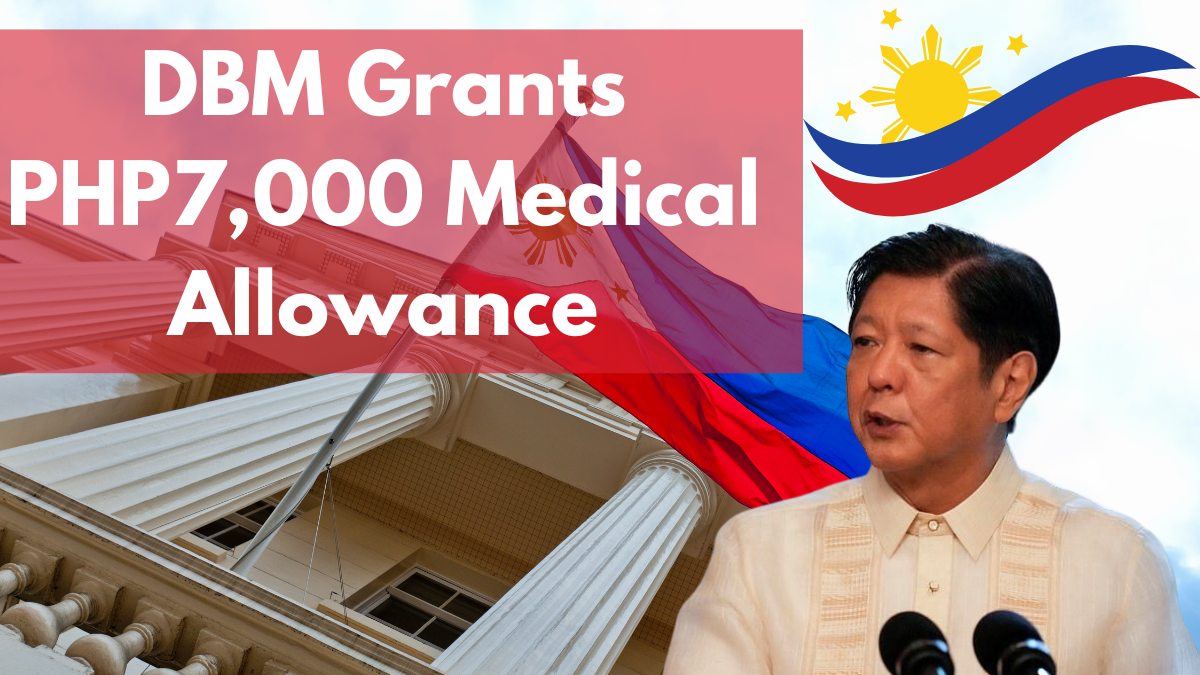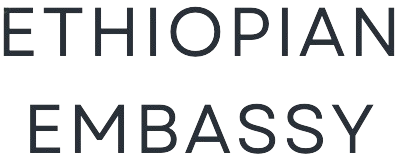The Department of Budget and Management (DBM) has approved a ₱7,000 annual medical allowance for government employees, effective from 2025. This initiative aims to enhance healthcare access for public servants, improving their well-being and overall workplace efficiency. By providing financial support for medical expenses, the government reinforces its commitment to prioritizing the health of its workforce.
This allowance is a key provision of Executive Order (EO) 64, series of 2024, which also includes a salary increase for government employees. Signed by President Ferdinand R. Marcos Jr. on August 2, 2024, the order underscores the administration’s dedication to employee welfare. Additionally, the policy encourages public servants to secure Health Maintenance Organization (HMO) coverage, ensuring broader access to healthcare services.

Overview of the ₱7,000 Medical Allowance
Starting in 2025, the annual ₱7,000 medical allowance will benefit various categories of government personnel. This initiative guarantees that all eligible employees, regardless of their employment status or rank, receive essential healthcare support.
Eligibility Criteria
The medical allowance applies to multiple sectors within the government, ensuring broad accessibility. Eligible recipients include:
| Government Sector | Eligible Employees | |
|---|---|---|
| National Government Agencies (NGAs) | Regular, casual, and contractual employees in both appointive and elective positions | |
| State Universities and Colleges (SUCs) | Faculty and administrative staff | |
| Government-Owned and Controlled Corporations (GOCCs) | Employees not covered by RA 10149 and EO 150 s. 2021 | |
| Local Government Units (LGUs) | Municipal, provincial, and barangay employees | |
| Local Water Districts | All personnel | |
| For More Details Visit Here | ||
This extensive coverage ensures that a diverse workforce benefits from the program, reinforcing the government’s commitment to employee welfare.
Benefit Options for Employees
The medical allowance offers two primary options, allowing employees to select the most suitable approach for their healthcare needs:
1. HMO-Type Coverage
Under this option, government agencies collaborate with service providers to enroll employees in HMO programs. This coverage includes:
- General medical consultations
- Diagnostic tests and screenings
- Preventive healthcare services
By facilitating access to structured healthcare plans, this approach ensures that employees receive quality medical care without out-of-pocket expenses.
2. Cash Reimbursement Option
For employees who prefer flexibility, the cash reimbursement option allows them to use the allowance for personal medical expenses. Eligible expenses include:
- Doctor consultations and specialist visits
- Purchase of prescription medications
- Enrollment or renewal of private HMO plans
To avail of the cash option, employees must submit proof of medical expenses or HMO enrollment for reimbursement.
Implementation Guidelines
The Budget Circular 2024-6 outlines the implementation framework, including eligibility, disbursement, and compliance measures.
Disbursement Process
- Agencies will distribute the allowance either through direct enrollment in HMO plans or as a reimbursable cash grant.
- Employees opting for the cash benefit must submit receipts or proof of HMO coverage.
- The DBM will oversee fund allocation and distribution to ensure smooth implementation.
Fund Utilization and Compliance
To ensure effective use of funds, the medical allowance is designated for specific healthcare-related expenses, such as:
- Medical check-ups and specialist consultations
- Preventive screenings and diagnostics
- HMO enrollment or renewal
Accountability Measures
The government has implemented rigorous accountability mechanisms to ensure transparency and prevent misuse of funds:
- Annual Reports: Agencies must submit detailed reports on fund usage, number of beneficiaries, and program impact.
- Regular Audits: The DBM will conduct periodic audits to ensure compliance and address any irregularities.
- Policy Adjustments: The allowance may be revised periodically to reflect inflation and evolving healthcare costs.
Expected Impact on Government Employees
The introduction of the ₱7,000 medical allowance is expected to bring several benefits, including:
- Improved Health and Well-being: Employees will have greater access to healthcare services, leading to better overall health.
- Enhanced Workplace Productivity: Healthier employees are likely to be more productive, reducing absenteeism caused by medical issues.
- Higher Job Satisfaction: Providing additional healthcare support fosters a positive work environment and boosts employee morale.
Budget Secretary Amenah Pangandaman emphasized the significance of this initiative, stating,
“This is not just a benefit; it’s an investment in a healthy and productive workforce.”
Conclusion
The ₱7,000 annual medical allowance is a significant step toward strengthening healthcare support for government employees. By offering both HMO-based coverage and a cash option, the initiative ensures that public servants have flexible and accessible healthcare solutions. As the program rolls out in 2025, continuous assessment and feedback will be essential in refining its implementation, ensuring it remains effective and sustainable in the long term.
Frequently Asked Questions (FAQs)
1. Who qualifies for the ₱7,000 medical allowance?
All government employees, including regular, casual, and contractual workers in national agencies, LGUs, SUCs, GOCCs, and local water districts, are eligible.
2. How can employees avail of the benefit?
Employees can either be enrolled in an HMO program through their agency or opt for a cash reimbursement by submitting the necessary documentation.
3. Can part-time or contractual employees receive this allowance?
Yes, part-time and contractual employees who meet the eligibility criteria are entitled to the benefit.
4. What medical expenses are covered under the allowance?
The allowance can be used for medical consultations, diagnostic tests, HMO coverage, and prescription medications.
5. How will the government ensure transparency in fund usage?
The DBM will conduct regular audits, require agencies to submit annual reports, and enforce strict compliance measures.
For More Information Click Here
